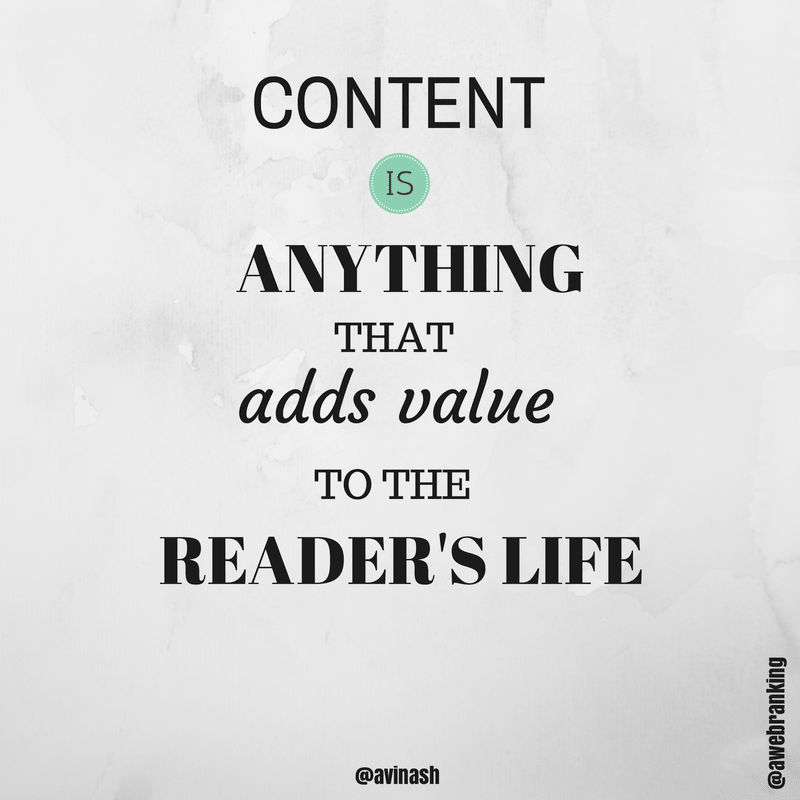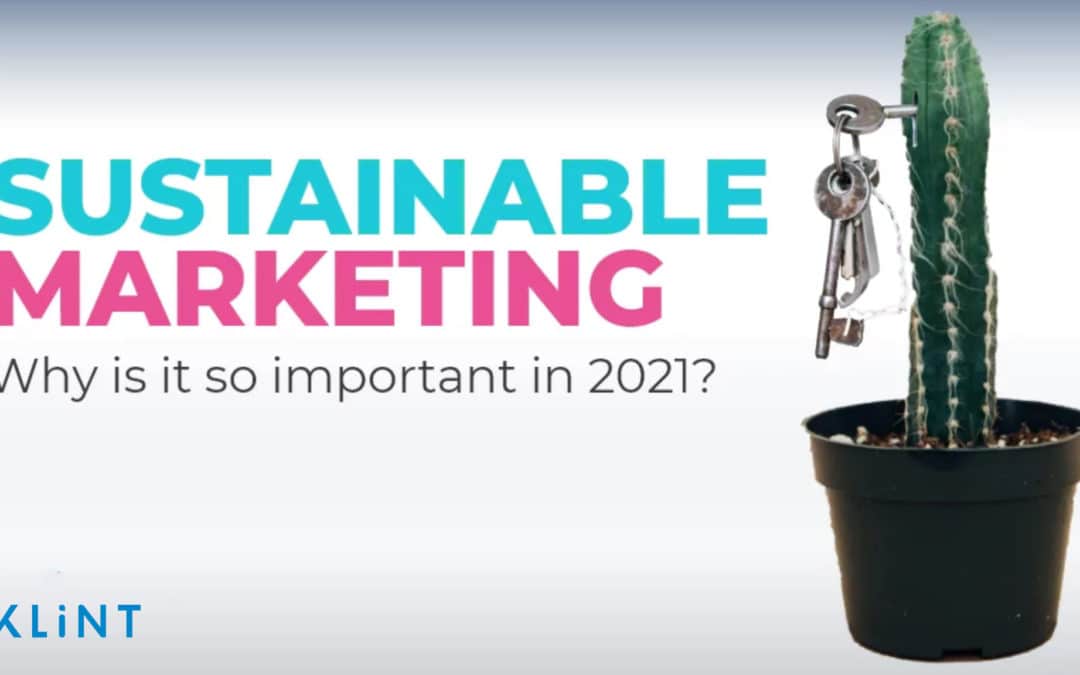Content writing is hard.
There’s no getting around it.
Keeping readers engaged, hitting the SEO keywords you need to, remembering all the best practices around sentence structure…
There’s a lot to remember, and a lot of traps you can fall into.
Whether you’re a grizzled marketing content writer with an impressive communications degree background or a fresh-faced novice, if you’re after the best content writing tips you’re in the right place.
Let’s dive right in.
Table of Contents
What is Content Writing?
It might seem obvious, but just in case you’re not in the know already…what is content writing?
People often associate content writing with blogs. Which is not wrong. But the job of a content writer is about more than creating short-form and long-form articles.
Nowadays, content writing involves creating written content for a variety of different purposes. And it’s become a bit of a catch-all term for anyone who writes:
- Video scripts
- Keynote speeches
- Email newsletters
- Blogs and articles
- Social media posts
- Podcast content
- White papers and case studies

Around 90% of businesses use some form of content in their marketing efforts, and with good reason.
Blogging alone leads to an increase in website traffic of 55%.
More traffic equals more people exposed to a company’s products or services.
And more exposure equals more sales.
Makes sense right?
The internet age has led to a massive demand for services that develop content and SEO content writing services. And this doesn’t seem likely to change any time soon.
(Unless, you know, AI takes all the writing jobs).
Copywriting vs content writing
One really common query for people who’ve just started out in the world of marketing is the difference between copywriting vs content writing.
Put simply, copywriting and content writing have different purposes.
Content writing provides a reader, viewer, or listener with a valuable resource. It could be something entertaining, informative, or educational.

Some blog posts or podcasts increase website visitors because they’re fascinating or entertaining.
Other articles or videos might be focussed around helping users with problems or answering common questions.
Meanwhile, copywriting persuades a reader to perform an action.
This could be in the form of a convincing advert promoting a sale, or a clever call-to-action on a website that prompts a reader to sign up to a mailing list.
That said, there are overlaps between content writing vs copywriting. Some parts of content writing utilize copywriting skills to persuade a user to take an action.
Like this sentence: Check out Klint’s guide to direct response copywriting and write copy that converts.
Generally speaking though, content writing and copywriting serve different functions. Below we are going to share with you content writing tips, which will for sure help you to write better.
11 Content Writing Tips
One of the most important content writing tips is that it’s something that you get better at with practice. Just like learning a musical instrument, painting, or any other creative task, it requires work. But we have all been there. Luckily hard work and practice pays off! Our content writing tips will help you to take off for sure.
Don’t get downhearted if your first few pieces of content fail to set the world alight. It’s rare that you’ll immediately produce something that’s exceptional – and that’s ok.

Likewise, remember that you’ve never “finished” learning. You need to be constantly reading other people’s work with a critical eye. What works about it? What doesn’t?
Perhaps you’re a start up owner who’s not yet in a position to outsource content to a creative agency.
Or maybe you’re an aspiring marketing content writer who’s looking to break into the industry.
Whatever your circumstances, use these content writing tips to refine your process and ultimately produce a better end result.
1. Do your SEO research first
The first consideration when SEO content writing is utilizing the latest technical SEO trends.
Instead of just going on a hunch about what readers may find interesting, use an analytical approach. We mean focusing on keywords and phrases. As keyword research allows you to find the words and phrases in your field that are most frequently searched for. Plus it will give you an overview on the content that is most popular.
Rather than shoot for the stars, you may well choose to create content that falls into a slightly less popular or underrepresented niche within your field because it’s less competitive. And we recommend this approach as a way to start.
Either way, if you don’t have this information it doesn’t make sense to begin writing. There’s no point in spending hours crafting a video script or a blog post only to discover afterwards that literally nobody is interested in that topic. That is why we what to highlight the importance of a thorough keyword research.

If you’re writing a blog post, you might decide to use these keywords in your text in order to boost your ranking on Google. However, remember to balance and not to use to many of the same keywords. So your text will look more balanced and organic. No need to sound like a robot, Google will not appriciate these efforts and you ranking will be lowered.
This next part sounds a bit counterintuitive.
Create your list of keywords at the beginning of your writing process.
But don’t worry too much about putting these words into your post until you’ve finished writing it.
Here’s why.
It will take you ten times as long to write a piece of content if you’re constantly trying to work out how to include keywords in your sentences.
If you’re in the middle of working out how to phrase a particular point or sentence, it’ll just distract you if you start thinking about keywords.
You’ll then take time to get back into the flow or remember what you were going to say next.
If keywords naturally fit into a sentence, great.
Otherwise, you’ll save heaps of time by just doing a keyword edit at the end.
2. Identify your audience
Before you write a single word, identify your audience. It’s impossible to underplay just how important this is. In business world it’s called a user persona. Conduct a thorough research and identify your main user personas. This way it will be much easier to work on your content writing.
Take this post, for example. It’s mostly caters for people who are relatively new to the field of content writing. There’s information that could be useful to more established writers, but the main target audience will get the most value out of it.

That’s why there was a brief explanation about how keywords work in the tip about SEO. An established marketing content writer will already know this, but someone who’s new the field might need a reminder.
If you don’t know who you’re writing for, you’re going to struggle to provide value to your readers.
3. Decide on the purpose of your content writing
You need to be crystal clear about the purpose of your content, and whether you’re fulfilling your audience’s needs.
If the title of your content is “How to Upload Edited Videos from PC to TikTok“, don’t spend half your word count talking about that hilarious video you watched last week or why TikTok is just the best. Your audience don’t care about the former, and probably already know the latter.
Instead, discover your audience’s pain points, then address them. You can even do this in a short, punchy intro that highlights the benefits of reading your post.
In the post above, the audience are struggling to find a way to upload videos to TikTok. How can you make it easier for them?

Perhaps you could list the different ways of uploading videos and highlight which way is the easiest, or maybe point out which way gives you access to the most amount of features.
Be specific about the purpose of your content, work out how you achieve this purpose, then work out how this benefits you or your business.
So in the example above, the purpose of the post is to help your audience upload a video to social media.
You achieve this purpose by writing a comprehensive list that solves this pain point.
This benefits your business by boosting traffic, which you then try to convert into email subscribers with CTAs like this:
4. Make an article plan
Whether you use a template or create a custom plan for each piece of content, try to have some form of structure or framework.
If you know roughly what you’re going to be talking about, it will stop you from meandering into a different subject matter or missing any key sections or points that you wanted to include.

Your plan doesn’t have to be super-complicated – it could be as simple as six or seven bullet points of topics.
Generally speaking, the longer and more in-depth your plan, the easier the post or content will be to write.
One word of warning though: a plan that is too detailed may well be restrictive.
Use trial and error to find a balance that works for you.
5. Tone is important
There’s nothing worse than an article that reads like an essay. Unlike your teachers at school, your readers aren’t paid to to read your posts.
If you’re overly boring or formal, they’ll go elsewhere to find the solution to the problem or question they had.
At the same time, you’re not in a bar with your friends. Whether you’re content writing for B2B or B2C, a company is unlikely to be happy if you’re overly casual if this is not something they do already.

Finding a middle ground can be tricky at times, but many businesses will have some form of Tone of Voice guide to help you out.
Different businesses will have different requirements, so it’s important to adjust your tone accordingly.
6. Tell a story through your content writing
Whether you’re writing a a short-form video script about food or a long-form blog post about the Best Advertising Campaigns, it’s crucial to remember that you’re telling a story.
Your writing should hook the reader and leave them wanting more. One way to do this is to use variable sentence length to create more interesting text. This great quote from Gary Provost is a perfect example:

Whilst it’s important to pay attention to sentence length to maintain clarity, don’t be afraid to use longer sentences sparingly to spice up the flow of your text.
Also…use action in your writing! Punctuation is a solid start, but be mindful of passive voice.
If you can’t quite remember back to English class, passive voice is when the subject of a sentence is acted upon by a verb. The preferred alternative is active voice, where the subject performs the action.
Passive voice isn’t necessarily wrong – and there are times when it’s useful – but using active voice in your sentences will make your writing clearer and more powerful.
Compare these sentences:
“I hit the ball.”
“The ball was hit by me.”
The first one sounds a lot better, right? Active voice tends to add a bit more urgency and drama, which makes it much easier to tell a story.
Don’t worry too much if this a bit tricky at first, after some practice you’ll avoid passive voice without even noticing.
7. Find out how you’re most productive
Some people write better in the morning, while some prefer writing in the evening. And somewhere in the middle exists a small minority without any fixed productive periods.
Many people have standard 9-5 hours, but some companies do allow writers to work at their convenience. One of the advantages of being freelance is the flexibility.
If you are lucky enough to set your own schedule, make sure it coincides with your peak productive hours.

Remember that people work in different ways. Author Terry Pratchett famously wrote 400 words a night at one point in his career. One evening, he finished a novel with 100 words to go. So he started his next novel.
If daily word count targets work for you, then use them. If targets stress you out and you’re more productive with a looser schedule, then do that instead.
Maybe you work best in an organized office, or perhaps you’re more creative at home.
When you have a productive period, pay attention to how you achieved this so you can replicate it in the future.
8. Formatting is key for content writing
You’ve spent hours carefully crafting a post, used the vocab you’ve spent a lifetime learning, and organized it all into paragraphs that flow.
The bad news? Most people are probably not going to read it. At least, not word for word.
Research by the Nielsen Norman Group has found that people predominantly skim-read and scan text that they read on the web.
It might seem like this is a damning indictment of the literacy of society in the 2020s. But referring back to our third tip (the purpose of your content) might provide an answer as to why this happens.
When you’re informing people, they probably have a specific question or query that they want answered. As a result, they likely won’t have the time to read the entirety of your post.

That doesn’t mean that you shouldn’t bother writing anything longer than 100 words. But it does mean that you need to be a bit clever in the way that you structure and format your content.
You might have noticed that this post doesn’t really have paragraphs in the traditional sense.
This is just one way of creating scannable content. According to the Nielsen study above, there was a 126% increase in usability for text that was scannable.
Likewise, words in bold stand out and grab the readers attention, there’s lots of headings, and images are used liberally to break up the text.
There’s heaps of ways you can make your content more scannable. If people aren’t reading every word you’ve written, it’s not a criticism of your writing style.
But formatting is extremely important – make it as easy for your readers as possible.
9. Find out how to beat writers block
Literally every content writer has been there. Seriously. Staring at a blank page or a half completed sentence with no idea what to put next. It’s a real pain when you’re content writing, but you’re not alone.
The good news is, there are ways to beat writers block.
One thing to try is to just let your thoughts spill out on the page. Don’t worry about whether it makes sense or sounds good.
Just write the first thing that comes into your head.

You’ll go back and edit the whole document later anyway, at which point you might have a clearer idea of how to express the point you’re trying to make.
If you’re really stuck, research the topic you’re writing about. There’s no shame in making the same point as someone else.
Along the vast corridors of the web, it’s likely that someone somewhere has a post that is similar to yours. Very little is completely original.
So as long as you phrase any points differently and avoid plagiarism, you’re all good.
10. Use tools to help your content writing
One of the massive advantages of writing in the internet age is the abundance of tools at your disposal. It’s kind of mad to think about it, but even 100 years ago writers only had paper and a pen. It must have been much more difficult!
Aside from the obvious spell checkers and autocorrect functions that you see across Microsoft and Google software, there’s plenty of other tools out there that can assist you with content writing.
If you’re posting on WordPress, use Yoast for SEO. It helps you make sure you’re meeting SEO guidelines, and it features a broad range of checks like keyword density, alt text for images, and whether you’ve included enough links.

Organizational tools like Trello and Asana are a great way to ensure you’re meeting deadlines and will ensure your workflow is on track.
There’s also paraphrasing tools you can use to play about with sentences if you notice your writing falling into a repetitive rhythm.
Finally, Hemmingway is a fantastic site. It checks sentence length for variety and highlights any passive voice that’s slipped into your work.
The added bonus is that most of these tools are free, so there’s little reason not to give them a try.
11. Proofread, edit, then proofread again
When you get to the end of a long piece of content, it can be tempting to just post it to get rid of it.
Don’t fall into that trap!
Every time you finish writing something, proofread it. If you’re working as part of a team, you’ll probably have someone who will do this for you. But you should make the effort to run through it yourself as well.

It doesn’t matter how accomplished you are as a writer, there are going to be words that you missed or sentences that don’t quite work. If the great authors of our time need editors, then so do you!
Don’t take any negative feedback personally either. Nine times out of ten your editor is not telling you the work is bad, more just picking up on things that you’ve missed. Look at this as a learning process rather than a critique, and take on board any lessons for future use.
Conclusion
It can take years to become really accomplished at content writing.
There’s so much information around online, and sometimes it can be a bit contradictory.
Like many creative tasks though, you just need to find the process that works for you. Perhaps you’re really organized and need a well detailed plan. Or maybe you thrive in a chaotic environment and produce your best work using instinct.
However you work, try to experiment with different ideas and practices to liven up your workflow and improve your writing.
The most important thing to remember though…is that you should enjoy it!
Content writing can be a hugely rewarding task or career.
While it may not seem like it when you’re stuck for things to say 2,000 words in, you have the capacity to change the way people view the world around them. Which is pretty magical when you think about it.
Struggling with creative content? Contact Klint for B2B & B2C SEO content writing services.





This is a ton of valuable info- thanks for writing!
very nice… Great information on copywriting. Bookmarked!